Shopping cart abandonment is an ecommerce reality. But it is not necessarily the end of the sale. A good cart-recovery automation series can turn a lost opportunity into revenue.
Consumers have plenty of reasons for abandoning a shopping cart. Maybe they were just browsing. Perhaps, they wanted to check out the shipping rates. They might even be treating the shopping cart like a wish list that they will return to later. In each of these cases, a marketing automation nudge could close the deal.
Luxury Brands
Closing the deal is especially important for luxury brands. Imagine a company selling high-end products that cost thousands of dollars each. A few abandoned ecommerce shopping carts could add up to a small fortune.
For example, there is a fabulous Berluti Dark-Brown Velvet Tuxedo Jacket available on Mr. Porter. At the time of writing, it was selling for $3,450. Add tuxedo trousers ($1,180), a tuxedo shirt ($840), and a pair of Oxford shoes ($1,490), and Mr. Porter could have an abandoned shopping cart worth $6,960.
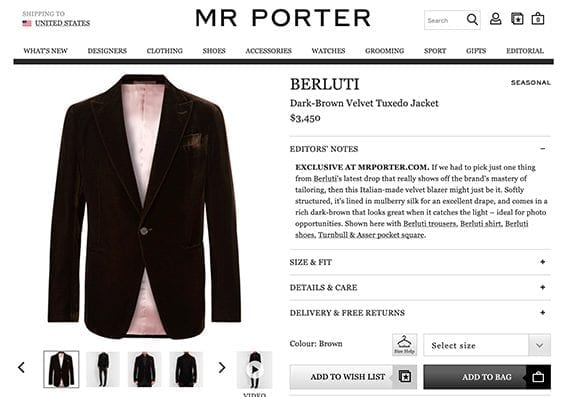
Luxury ecommerce brands, such as Mr Porter, have a lot at stake. A single abandoned shopping cart could be worth thousands.
And what about Haibike? The company sells its 2019 XDURO DWNHLL 9.0 electric mountain bike for $7,999. You can bet Haibike doesn’t want to leave too many abandoned shopping carts unaddressed. For Haibike, a good abandonment-cart recovery series could be worth many thousands of dollars.
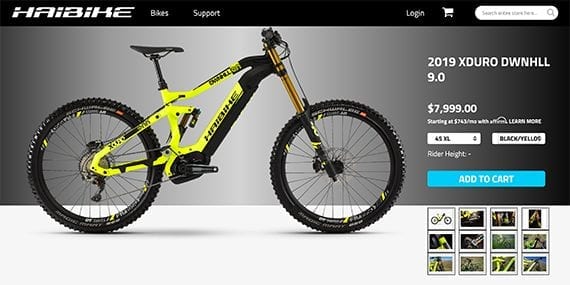
If the items a company sells cost almost $8,000 each, such as this electric bike, abandoned-cart recovery is critical.
Recovery Automation Series
The automated cart-abandonment-recovery series described below is used by a luxury ecommerce brand with an average order value of $4,000. The company has often generated as much as $40,000 in a few hours from following up on abandoned carts.
Step 1: Get an email address and phone number early. Any successful cart-abandonment series needs a shopper’s email address and, if possible, phone number. Thus, capture this information as soon as possible.
You can use a pop-up or an opt-in bar such as from OptinMonster, OptiMonk, Hello Bar, Sleeknote, or similar to collect email newsletter subscriptions. When a shopper subscribes, you will have collected her email address — in case you need it for a cart abandonment message.
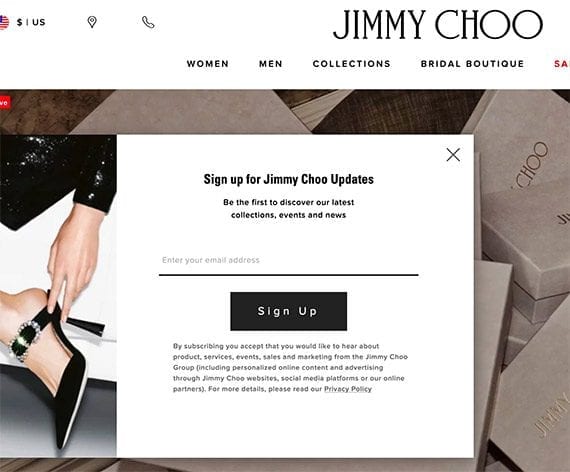
When consumers sign up via a pop-up for email updates, a merchant will have their email address for a cart abandonment message, if needed.
You can also ask shoppers to register. When they first head to a shopping cart, ask shoppers to first create an account. This can capture an email address and phone number.
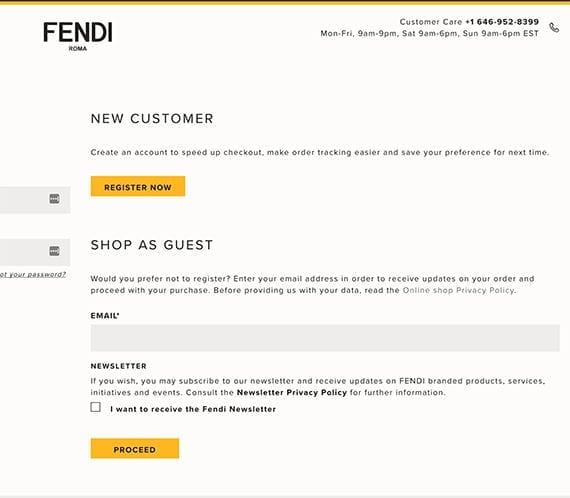
Fendi requires an email address even before shoppers can see their $850 t-shirt in the shopping bag.
During the checkout process, collect an email address and phone number as soon as possible — at the top of the checkout form.
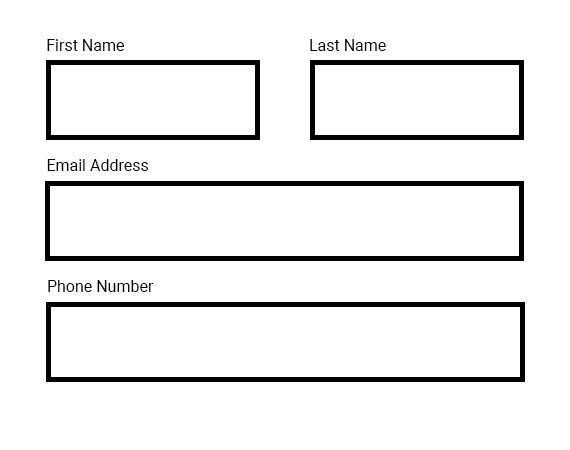
Position the email address and phone number fields at the top of the checkout form.
Step 2: Create a ticket. Your customer support team should know when a shopper abandons a cart. Inform the team with your email automation series. Create a ticket in Zendesk, Freshdesk, Salesforce, or whatever customer service ticketing system your business uses.
Make the ticket due in 24 hours. Because in step five, below, you’ll want your agent to act.
Step 3: Send a customer-service email in 30 minutes. The first email arrives just 30 minutes after a customer abandons the cart. Its purpose is to remind the shopper that she left the item behind.
Write the email in a helpful tone. Include a picture of the items left behind and have a clear call to action.
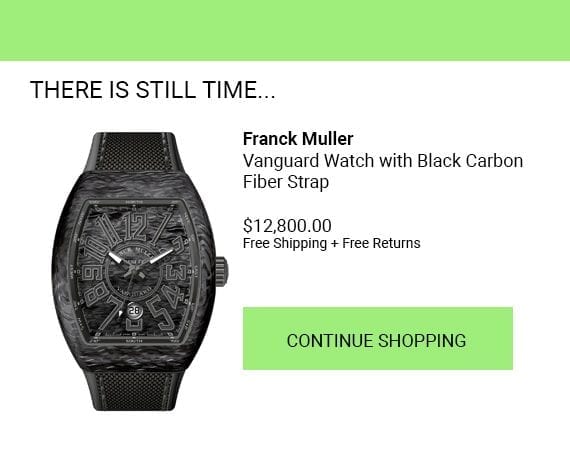
Act within 30 minutes as the customer may still be considering the purchase. This example of Franck Muller, a Swiss watchmaker, starts with “There is still time… .”
At this step, and at each successive step, ensure that your automation series checks if the customer completed the purchase before sending.
Step 4: Send a customer-service email in 90 minutes. Send a second customer-service email about 90 minutes after the cart was abandoned if the shopper has not yet completed a purchase.
This email message should focus on the ability to purchase, such as:
We noticed that you did not complete your order for the Franck Muller Vanguard Watch, so we wanted to make certain you did not experience any trouble checking out. If you have any questions or concerns, please contact us.
Again, include images of the products left behind and a “continue shopping” or checkout link.
Step 5: Call the shopper within 24 hours. If the shopper has not purchased in 24 hours after abandoning, make personal contact. Remember, this is a recovery series for a luxury brand. There are thousands of dollars at stake. Having a customer-service or sales agent contact the shopper is well worth the effort.
If possible, call the shopper. If not, instruct the customer service agent to send a personal email asking to help. Empower your agent with discounts as needed.
Step 6: Send an improvement message in seven days. If a shopper hasn’t purchased in seven days, you still have an opportunity to learn.
Send an email message asking shoppers for feedback to improve your site and its checkout process. Explain that you noticed they left an item or two behind, and you hope to understand why the product or price did not meet their needs.
Step 7: Send a personal offer. If the shopper responds to your message in step six, have your customer-service agent send a personal offer. This could be a discount. It might be a free upgrade. It could even be a product suggestion.